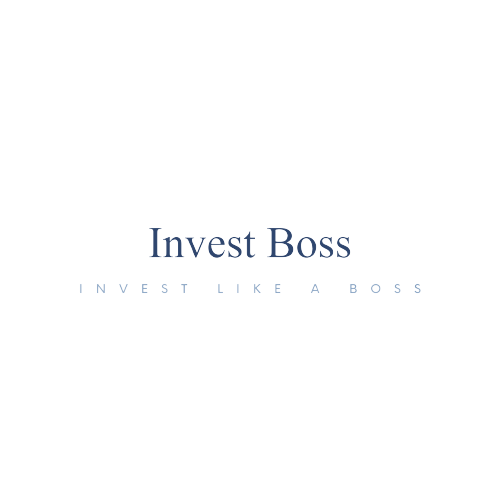A reverse stock split is a corporate action in which a company reduces the total number of its outstanding shares by consolidating them into a smaller number of shares. For example, if a company undergoes a 1-for-2 reverse stock split, it would consolidate every two shares into one share. This means that if a shareholder owned 10 shares before the reverse split, they would own only 5 shares after the split.
Reverse stock splits are typically used by companies whose share prices have fallen to very low levels, which can make the stock less attractive to investors. By consolidating shares, the company can increase its share price and make the stock appear more valuable. For example, if a company has a share price of $1 and undergoes a 1-for-2 reverse stock split, its share price would become $2.
However, it's important to note that a reverse stock split does not change the value of a company or the value of a shareholder's investment. It simply changes the number of shares and the share price. The total market value of the company's outstanding shares remains the same after the reverse split as it was before.
Here are a few examples of companies that have undergone reverse stock splits:
Reverse stock splits are typically used by companies whose share prices have fallen to very low levels, which can make the stock less attractive to investors. By consolidating shares, the company can increase its share price and make the stock appear more valuable. For example, if a company has a share price of $1 and undergoes a 1-for-2 reverse stock split, its share price would become $2.
However, it's important to note that a reverse stock split does not change the value of a company or the value of a shareholder's investment. It simply changes the number of shares and the share price. The total market value of the company's outstanding shares remains the same after the reverse split as it was before.
Here are a few examples of companies that have undergone reverse stock splits:
- In 2020, the energy company Chesapeake Energy Corporation (CHK) underwent a 1-for-4 reverse stock split. This means that for every four shares owned by a shareholder before the split, they would own only one share after the split.
- In 2019, the biotech company Amarin Corporation (AMRN) underwent a 1-for-15 reverse stock split. This means that for every 15 shares owned by a shareholder before the split, they would own only one share after the split.
- In 2018, the online retailer Overstock.com (OSTK) underwent a 1-for-10 reverse stock split. This means that for every 10 shares owned by a shareholder before the split, they would own only one share after the split

